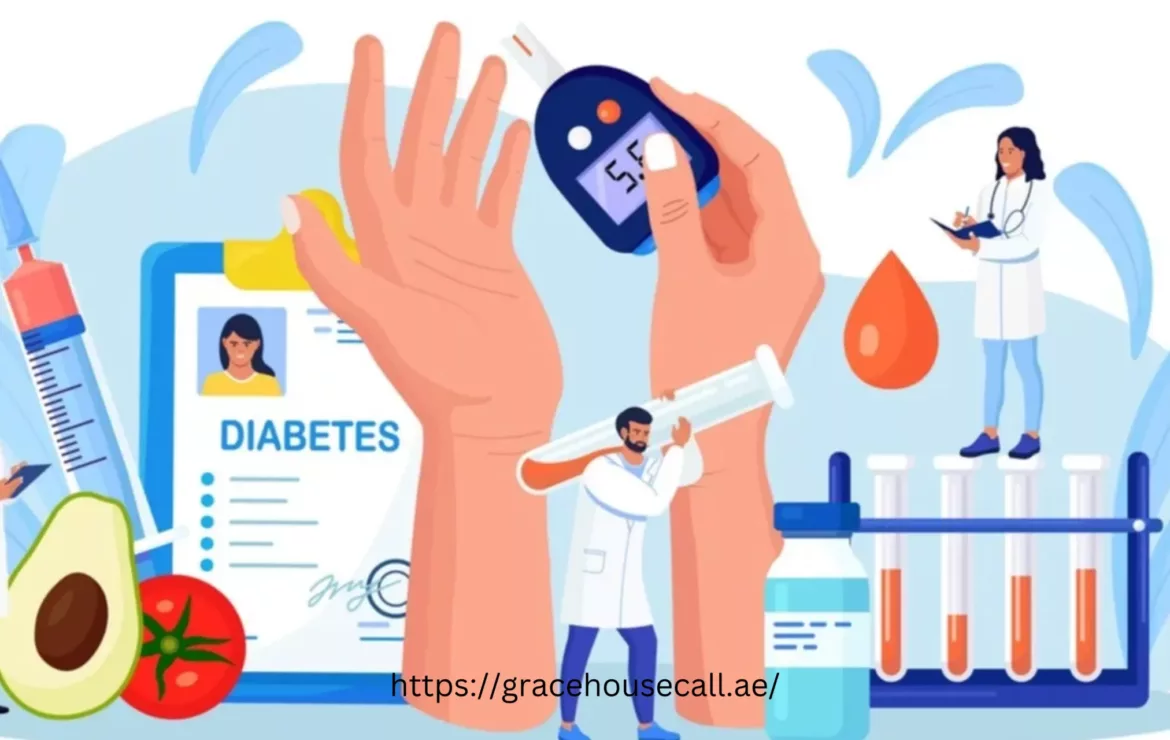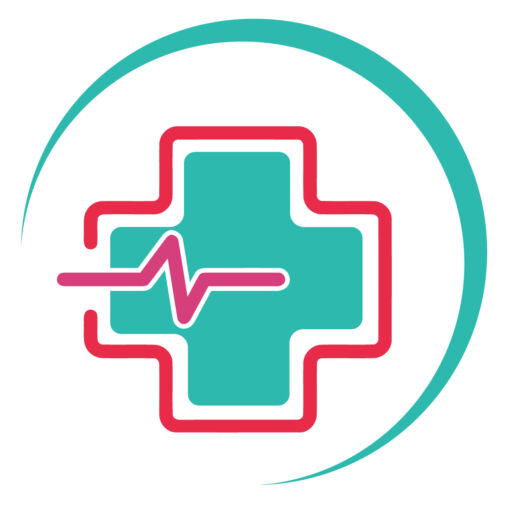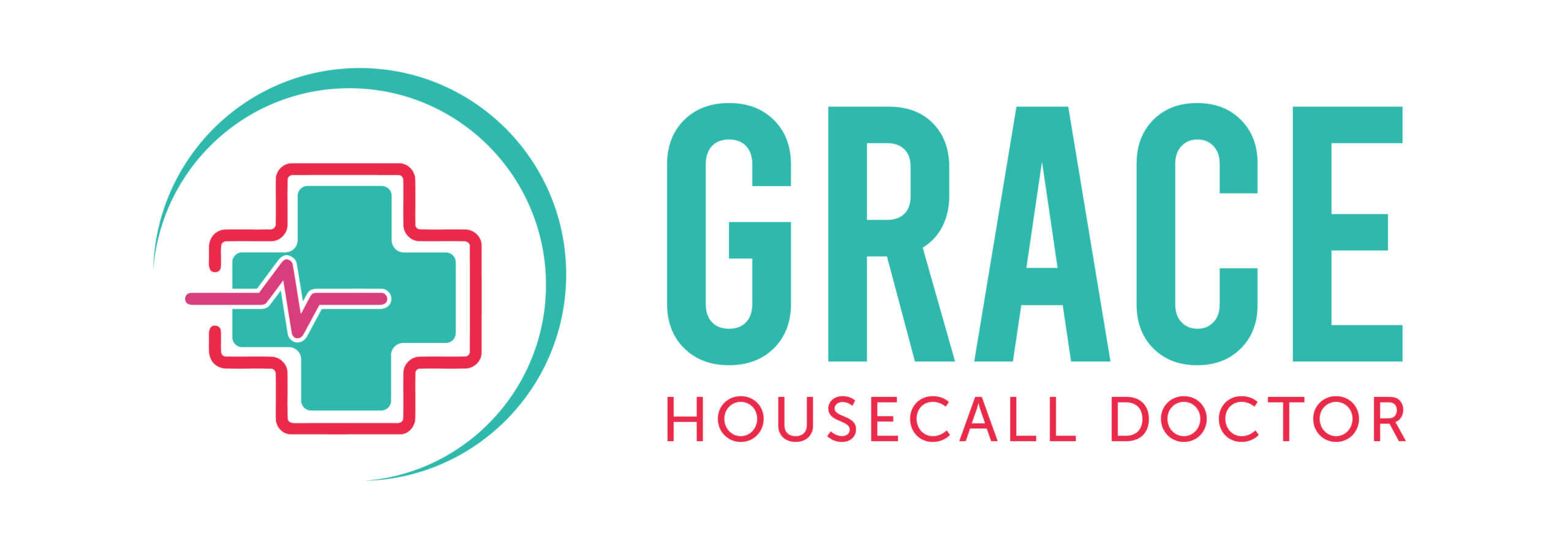November 14 – World Diabetes Day

What is diabetes?
Diabetes mellitus is another name for diabetes. Diabetes develops in the body when the pancreas gland is unable to create enough insulin or when the body is unable to utilize the insulin that is produced. It’s an ongoing illness. The leaf-like gland known as the pancreas produces the hormone insulin.
What are the different kinds of Diabetes?
There are three major types of diabetes. Type 1, Type 2, and Gestational diabetes are the three main forms of the disease.
Type 1 diabetes:
Although it can strike anyone at any age, children and teenagers are the most common victims. Insulin production is either nonexistent or very low in this kind of diabetes. As a result, the body needs an insulin shot every day to keep blood glucose levels under control.
Type 2 Diabetes:
Type 2 diabetes accounts for 90% of all occurrences of diabetes and is more common in adults. The body’s inability to effectively utilize the insulin it produces is the cause of this kind of diabetes. A balanced diet, more exercise, and a healthy lifestyle are the solutions to this. With time, some individuals may need insulin or oral medications to manage their blood glucose levels.
There are three kinds of diabetes.Gestational diabetes mellitus (GDM):
Pregnancy-related blood glucose elevation is known as gestational diabetes mellitus (GDM), which can cause difficulties for both the mother and the fetus. Additionally, it has been observed that although gestational diabetes may go away after childbirth, those who are affected or have children are more likely to develop type 2 diabetes in the future
What are the common signs and symptoms of diabetes?
The increased blood sugar is the cause of diabetes symptoms.
– There is more hunger
– A rise in thirst
– Loss of unintentional weight
– Frequent urination
– Excessive weariness
– Unhealing wounds
– Reduced sex desire, erectile dysfunction, and weak muscles are some common signs of diabetes in males.
– Urinary tract infections, yeast infections, and dry, itchy skin are among the typical signs of diabetes in women.
As a result, November 14th is designated as World Diabetes Day each year. It ihe greatest diabetes awareness campaign in the world and aims to educate people about diabetes and its treatment.
Let us now understand where all this started from.
History of World Diabetes Day
Every year on November 14, World Diabetes Day (WDD) is a significant healthcare event that raises awareness of the alarmingly increasing rate of diabetes, its effects, and diabetes prevention strategies.
World Diabetes Day is one of the biggest diabetes awareness campaigns, taking place annually in over 160 countries and affecting the lives of over 100 crore people through advocacy for improved treatment access, diabetes education, and awareness campaigns.
When we have diabetes, our body is unable to properly use and process the glucose that comes from our food. Diabetes mellitus can be classified into three primary categories: type 1, type 2, and gestational diabetes. The body uses glucose as its primary energy source. Ineffective glucose absorption can make daily activities difficult, and uncontrolled diabetes can result in deadly complications such as heart difficulties, nerve damage, kidney damage, foot damage, infections on the skin, erectile dysfunction, depression, dental troubles, and more.
What is the importance of World Diabetes Day (WDD)?
In the past thirty years, the number of people living with diabetes (PLWD) has climbed from 108 million to 420 million worldwide; 62 million of these individuals reside in the Americas region. Since 1980, this figure has more than tripled in the Region, and it may rise even further because 40% of PLWD go untreated and uninformed about their illness.
Diabetes-related illness is extremely common and is still increasing; in the last 20 years, diabetes-related death rates have risen by 70% globally. It ranks seventh in terms of years of premature life lost and sixth in terms of cause of death in the Americas region.
Each year, diabetes (including kidney illness associated with diabetes) results in the early loss of almost eight million years of life in the Region. Diabetes is the cause of over half of premature deaths in the Americas. The number of diabetes-related disability-adjusted life years (DALYs) rose by 88% in just 20 years. In men, this increase approaches 97%. The only condition that causes more DALYs than diabetes at the moment is ischemic heart disease.
Diabetes increases a person’s chance of serious illness and other diseases-related death:
- One of the top five medical conditions that increase the risk of tuberculosis is diabetes.
- The most common cause of blindness in adults between the ages of 40 and 74 is diabetes.
- PLWDs experience depression twice as frequently as people without diabetes.
- Living with diabetes causes stress and anxiety, which impedes the progression of the disease through poor self-care, treatment noncompliance, and hypo- or hyperglycemia episodes.
- Diabetes increases a person’s risk of dying from cancer, kidney illness, or cardiovascular disease by up to three times.
- Individuals with diabetes are twice as likely to get a serious illness and pass away from COVID-19.
- Nine out of 10 people who have diabetes ought to be diagnosed.
- It is critical to achieve improved control of blood pressure and glycemia for 80% of patients who have been diagnosed.
- Sixty percent of people 40 years of age and older ought to have access to statins, a class of medications that lower blood cholesterol.
- It is crucial to make sure that everyone afflicted with Type 1 Diabetes has easy access to insulin and adequate facilities for controlling their blood sugar levels on their own.
The risk of serious disease or death is decreased when blood glucose levels are effectively managed; nevertheless, 50% to 70% of people with diabetes do not have their blood glucose levels under control.
What is the theme for World Diabetes Day in 2023?
Every year, a different theme is highlighted; 2023 focuses on “Empowering Global Health” in honor of World Diabetes Day. This subject stresses not only the importance of individual well-being but also the teamwork required to overcome this global issue.
From 2021 to 2023, “Access to Diabetes Care” will be the main focus of World Diabetes Day. The campaign’s 2023 tagline, “Know your risk, Know your response,” focuses on the critical elements of postponing or preventing type 2 diabetes and its related problems.
The subject also seeks to educate people and motivate them to support better infrastructure, staffing, funding, and resources for both domestic and international healthcare organizations. In order to fulfill the 2030 target for diabetes coverage, this drive seeks to improve diabetes education in line with the coordinated efforts of the World Health Organization and other organizations.
World Diabetes Day Logo for 2023
The “blue circle logo,” which was adopted in 2007 in response to a UN resolution on diabetes, has come to represent diabetes awareness worldwide. It was first used for World Diabetes Day in 2023. This blue circle serves as a potent symbol of the global diabetes community’s coordinated response to stop the diabetes pandemic.
Every year, the World Diabetes Day campaign revolves around a certain subject that lasts for a few years. Right now, the theme of World Diabetes Day 2021–2023 is Access to Diabetes Care.
How Is World Diabetes Day Celebrated?
On World Diabetes Day, everyone is welcome to take part in the campaign and help spread awareness about diabetes. Here’s how you may participate:
- Put on accessories or apparel bearing the blue circle emblem. Since its adoption in 2007 as the official symbol of WDD, this logo has come to represent diabetes awareness and unification across the world’s diabetes community.
- Plan a neighborhood walk or run to raise awareness of diabetes, or sign up for one by looking for WDD events nearby.
- Sign online petitions in favor of greater accessibility to diabetes treatment and education. People you know should be informed about the hazards of diabetes, and if you have any risk factors, get tested. The International Diabetes Federation has developed a risk assessment exam that will help you find out more.
- To inform people about diabetes prevention and treatment options, plan a diabetes awareness event that includes literature, seminars, and presentations.
- Offer your assistance in conducting diabetes screenings.
- To get your legislators to act, give them a call or send them a letter.
Online, you may also assist WDD by doing the following:
- On social media, use the campaign hashtags #WorldDiabetesDay and #EducateToProtectTomorrow.
- Send out campaign graphics to your online audience, such as infographics and posters, to help them learn about the campaign.
- Take a selfie with the Blue Circle app and post it to social media.
- You can join the global effort to support individuals with diabetes by following these easy steps.
Key Information for World Diabetes Day 2023
- While Type 2 diabetes is frequently preventable via healthy lifestyle choices, Type 1 diabetes cannot be avoided.
- Diabetes is one of the main risk factors for major medical conditions such as renal failure, heart attacks, strokes, amputation of a lower limb, and blindness.
- Diabetic complications can be avoided and managed with regular screenings and treatment.
- It is imperative that individuals with diabetes receive early identification through routine kidney disease screenings, eye exams, and foot evaluations.
- The risk of Type 2 diabetes can be lowered by 30–40% by giving up smoking.
- Patients with diabetes also have an increased risk of developing tuberculosis (TB), and after treatment, they are more likely to experience problems and relapse.
- About half of people with Type 2 diabetes do not have access to the insulin they require, frequently because of budgetary limitations in the healthcare systems of their own countries.
World Diabetes Day Prevention Advice for 2023
Based on data from the International Diabetes Foundation, 541 million adult individuals are at risk of type 2 diabetes. This is now a major worldwide concern, which makes it necessary to lower the risk by implementing awareness campaigns and high-quality diabetes education resources. The goal is to teach people how to avoid and manage diabetes in its early stages.
It is possible to prevent and treat type 2 diabetes by implementing healthy lifestyle practices, such as eating a diet low in Glycemic Index foods (below 50).
Insulin resistance, which happens when the body doesn’t use insulin effectively or produces insufficient amounts of it, is the cause. Adopting a disciplined lifestyle, self-monitoring, tracking blood sugar changes, and routinely seeing doctors can all help with this.
Among the preventative strategies for managing diabetes are:
- Reduce the amount of sugar and processed carbs in your diet.
- Reduce the amount of food you eat at meals.
- Add foods high in fiber and low on the Glycemic Index.
- In order to lower your chances of insulin resistance, give up smoking.
- Exercise on a daily basis for a minimum of thirty minutes.
- Track the levels of blood cholesterol: Aim for LDL (low-density lipoprotein) levels below 100, HDL (high-density lipoprotein) levels above 20, total cholesterol below 200, and triglycerides below 150.
- Keep your blood pressure between 130/80 and lower.
- Steer clear of sugar-filled aerated beverages and choose water.
- Keep up with diabetes prevention and control advice.
- Encourage and take part in diabetes awareness efforts to help individuals in need of knowledge.
Remember
Our healthcare staff is available 24/7 for your medical emergencies. You can always feel free to consult us. Contact us.






